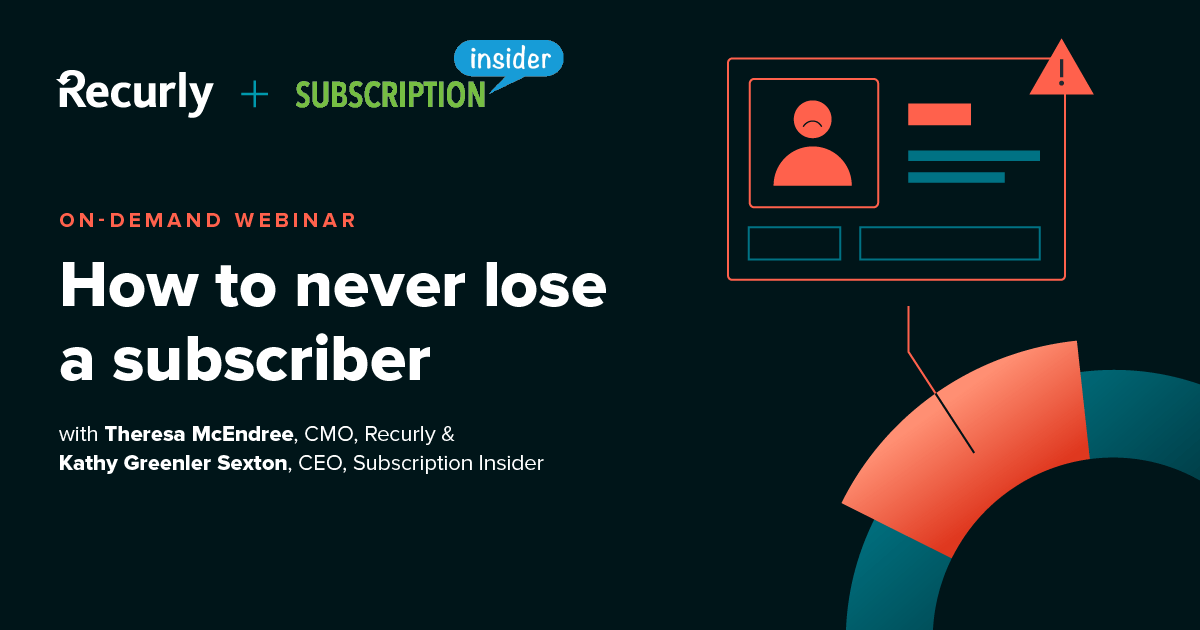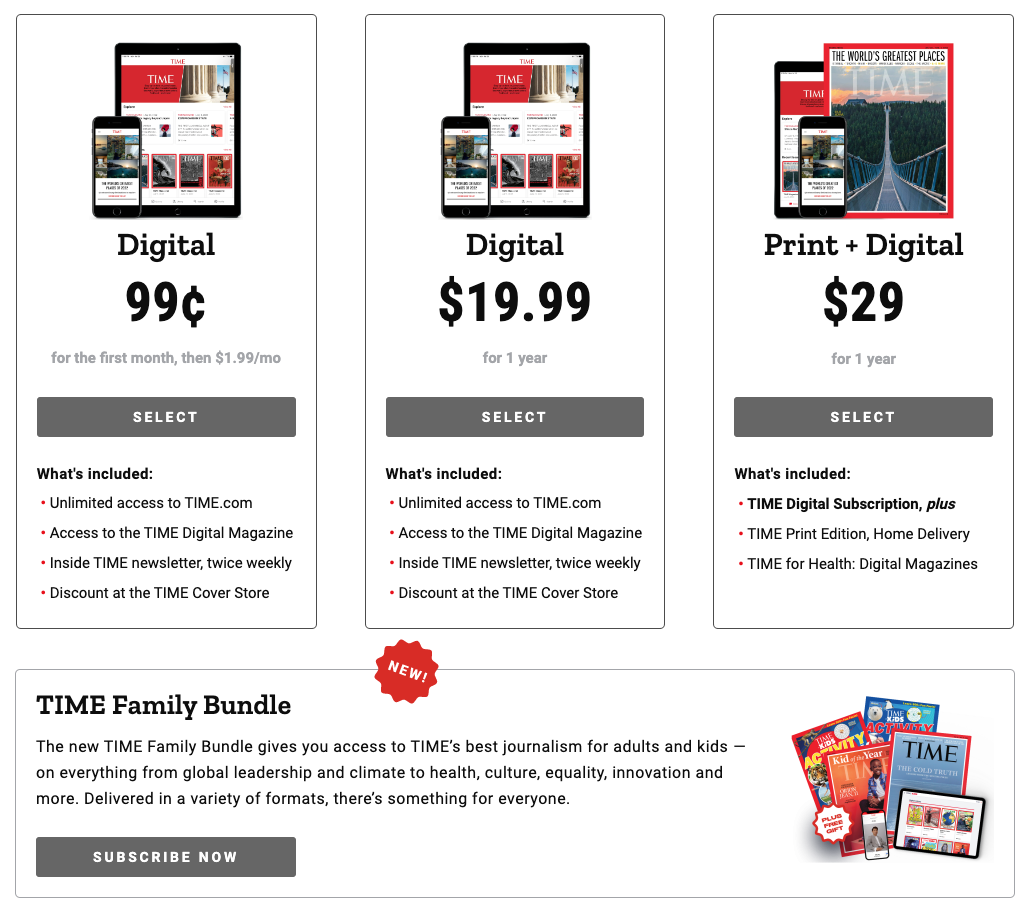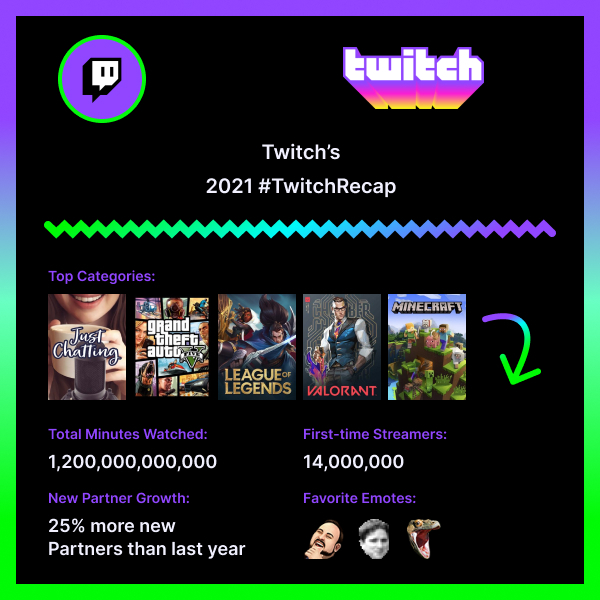Fighting churn: How to never lose a subscriber

Every subscriber matters. Especially when your business runs on a subscription model.
Of course, all businesses can expect to struggle if they don’t engage customers and keep them happy. However, a subscription company will feel this is a truism in their bottom line. Subscriber businesses, whether they’re B2B companies or B2C companies, hinge on keeping customers happy — with emphasis on “keeping.”
However, subscriber expectations change at the speed of light. Customer count fluctuates on a daily basis. Coupled with today’s macroeconomic trends forcing a shift in spending habits, surely all business models must accept a heavy dose of churn in their customer base, right? A customer’s about to drop your business, so you throw them at customer support and hope for the best, right?
Well, no and no.
Why is customer churn so important and what is it?
Customer churn goes by plenty of names: customer attrition, turnover, lost customers, dropped subscriptions, etc. Essentially, churn metrics study how many customers you lose (and why) in a period of time. The good news is, customer churn is a dynamic you can manage.
Recurly customers have a 98% subscriber retention rate and a churn rate as low as 1%. Customer loyalty like that is no accident. It’s practice, insight, and strategy. Customer retention like that can be yours. Recurly’s Chief Marketing Officer, Theresa, McEndree, hosted a webinar on “How to never lose a subscriber” to help businesses like yours move nimbly with insights and intelligence, scale efficiently, and cater to today’s consumers.
You don’t need to accept a high customer churn rate.
Subscriptions present a huge market opportunity for businesses. Yes, even in the middle of macroeconomic storms. Even though 95% of consumers feel the weight of inflation, they still feel more loyal to (51%) and spend more money (42%) with brands and businesses they subscribe to. Subscription businesses also grow eight times faster than non-subscription companies. The only hole in this opportunity is churn rate.
If you can keep customer churn rates low and customer loyalty high, you can secure real recurring revenue, one that bolsters your business even in hard times, and gives you a strong launching pad for expanding your company.
Knowing how to fight customer churn starts with understanding it because not all churn rates are the same.
What is voluntary vs. involuntary churn?
Voluntary churn is the term for a customer choosing to drop your business. Involuntary churn describes losing a customer due to a factor unrelated to the customer relationship.
High voluntary churn rates typically mean you’re leaving customers unsatisfied in some way. And it’s not just your business. More than 31% of U.S. consumers plan to cancel at least one subscription this year. The average voluntary churn rate (based on these benchmarks) is about 4%.
Involuntary churn rates point to a process problem, typically something wrong with the payment info. It can be one of the more frustrating types of churn because a process problem derailed customer success. Fortunately, the same benchmarks show an average involuntary churn rate of 1.4%. And more good news, studying your involuntary churn can lead to improving your onboarding experience and ultimately making your product and service better.
The high cost of customer churn
Monthly churn hits your business in more ways than lost subscription revenue.
Three words: Customer acquisition costs.
How much did you spend per customer to get your current customers? What marketing expenses or advertising costs did you incur? Even those word-of-mouth customers aren’t free; the effort you put into creating a customer success story that others felt like sharing comes at an expense. Customer acquisition can get tedious to quantify, but that doesn’t mean you can dismiss key metrics because you pay it every time you get a new customer.
And that cost—whether in human capital or actual expense—can weigh down your business when you’re working to grow. Naturally, the cost of getting new customers is the cost of doing business. However, if you’re struggling to take your company to the next level or pay to build out that feature, you may be weighed down by the high cost of churn. Said another way, replacing your customers gets expensive.
Imagine losing one who is far along the customer journey and invested in your premium plan just because they missed the email reminders or had a typo in their payment details. Now you have to bring them through the onboarding process again and risk that customer retention rate to your customer success teams. The revenue churn can add up if you lose even just a few of these customers a month.
Spending the efforts of your killer sales team to backfill a high churn rate isn’t a recipe for long-term customer success. In fact, leaving monthly churn unchecked may leave you open to getting overtaken by the market. Here’s how.
Customer churn can impact future growth
Your subscribers chart your company’s destiny. Consider this: One of the biggest changes from the direct-to-consumer (DTC) consumer shift is the desire to feel more connected to a brand through community and social propositions. You can tap into this desire by building omnichannel experiences. Build avenues where customers can share their experiences with each other, and each customer success can enrich the community you’re building—which in turn adds up to a greater average revenue per user (ARPU.) In turn, brands with an emotional connection have consumers with a 306% higher lifetime value.
Not only can customer churn rates affect your revenues, but they also affect the entire ecosystem you’re building. A community is only as rich and deep as its members. A high churn rate limits how deep a user community you can create.
Instead, reward loyal customers and engage with your subscribers. Every opportunity you seize this way will pay off with greater growth ahead of you.
Causes of customer churn explained
The top reasons for voluntary churn include price increases, a product or service becoming no longer of use, and finding a better competitor offering. Refining your product offering can lead to some important questions about your product-market fit. You may run into a seasonality issue you hadn’t anticipated. Or a simple fix in your onboarding process that keeps involuntary churn from kicking out subscriptions late in the customer's lifetime.
Only when you conduct a churn analysis can you be sure. To conduct a churn analysis for your subscription business, gather the customer data you can on all canceled or dropped subscriptions in a given time frame. Tracking user behavior through your business can give you your total churn rate, involuntary churn rate, and voluntary churn rate. If you’re not tracking gateways, email metrics, or customer feedback, you’ve got some work ahead.
Just remember that the work isn’t done once you’ve finished your churn analysis. Average churn rates vary so much because of the industry. If you’re below or above your industry average, devote time to understanding why.
One major cause of customer churn has to do with payment information.
Expired cards are one of 2,0000 reasons a payment can fail
Credit cards run the world of online payments. Now, there’s one pesky fact about those credit card details that can derail your subscriber business: Credit cards expire.
Your company can collect a lot of failed payment messages. You need a billing partner who can put together those pieces for you if you want to conduct a cohort analysis to understand whether these churned customers simply had insufficient funds, a typo in their payment info, or some other factor. And a recurring payment checkbox isn’t always your solution.
In fact, 13% of recurring transactions are at risk of failure. There really are more than 2,000 reasons a payment can fail. Preventative measures are the only way to combat involuntary churn.
Choose a billing partner that is adept at understanding these struggles. You can improve your customers’ onboarding experience while creating a full payments strategy with dynamic, automated retry logic and intelligent dunning campaigns to stay on top of these potential risks.
Incorporate this strategy into a positive, well-communicated experience that reinforces your brand, and put expired payment info problems in the past.
Read more: How Output reduced failed payments by 45%
Cut customer churn rates with these proven strategies
You no longer need to wince every time you measure your monthly churn rate. Instead, each signal about customer satisfaction also points to growth potential. Follow these proven ways to mitigate an increasing churn rate.
Analyze churn as it occurs
How are you currently using data to drive subscriber retention and grow your relative average revenue per user (ARPU) and lifetime value (LTV)? Your business should be your most important research project. To grow your company, your company has to grow smarter.
Collect subscriber insights. You’ll find retention opportunities as early as the signup and all the way throughout the customer relationship. Each customer choice is a chance to capture the right data to engage with your subscribers in a meaningful, targeted way.
Analyze different customer segments to discover your ideal subscriber. Find out their reasons for voluntary churn. Dig out the step in the process where they fall into involuntary churn. As you do, you get to decide how you want to manage each in a way that maximizes subscriber retention and LTV individually. Then experiment with your business.
Every iteration of your subscription model brings you closer to understanding the users of your product and what they want more of. For instance, 76% of consumers demand personalization–such as add-ons or the option to choose an ad-supported or premium subscription–and the ability to personalize subscription plans in just a few clicks.
To create the best options for your subscriber base, intelligently test and optimize. One option is a cohort analysis. Test cohorts that come in from different marketing channels to assess their reactions to personalization opportunities. To achieve this, partner with an integrated, flexible subscription solution to pivot quickly with trends and lower your operational costs in the long run.
Follow the ARPU as you reduce churn

An example of plan personalization from FabFitFun.
As you work through iterations, how do you know you’re making genuine improvements?
Keep this in mind: Less churn correlates to a higher average revenue per user (ARPU). One isn’t a direct cause of the other; however, ARPU improvements, while you reduce churn, is a sign you’re on the right track.
Don’t fall for the mirage of getting 100% of your subscribers into the premium plans. Instead, deliver options across the subscriber lifecycle. Variety is the spice of the subscriber lifecycle. Trial lengths, flexible payment methods, billing frequency–subscribers crave options. Let them tell you where, how, and when they are willing to pay for exclusivity and content and when they’re willing to make sacrifices for lower costs.
The more options that satisfy the needs of your subscribers, the less likely they are to churn. In turn, the more valuable each user becomes. That’s a true sign of customer success.

An example of multiple ways to engage from TIME.
Does your subscription management solution offer the opportunity and ability to scale with high-velocity, high-volume transactions?
Does it allow you to apply industry best practices and benchmarks? Is it ready for global expansion–recognizing local requirements for currencies, payment gateways, tax, and language?
With an experienced partner, you can anticipate challenges and ensure your tech stack has the necessary security and compliance backbone to grow.
Read more: The journey to Recurly: How Scentbird CTO chose its payment partner
Offer longer contracts to reduce churn

An example of the Twitch community.
You’ve probably tested every opening price point option imaginable for your subscriber model-If not, why not? But what’s the option you probably have never explored? Truly long-term contracts. Go beyond annual contracts or biennial contracts. What’s the most outrageous, premium supporting option you can offer?
And give alternatives to cancellations. Creating a positive experience even during cancellations is key to managing your churn rate. Offer options in lieu of a hard cancellation–a multi-step process with ideally three to five steps where you suggest an alternative then end with the option to pause.
By the way, this is a great opportunity for feedback and insights for win-back campaigns. You can offer an enticing annual subscription rate to replace a high monthly cost, for example.
Keep in mind: The goal isn’t pigeon-holing every subscriber into the option that you think would be best. The true goal is customer success. In fact, 65% of consumers prefer a positive customer experience over advertising, so create an experience they want and watch your subscriber retention rates soar. The average churn rate for subscription businesses across all industries is 5.6%, but with these churn management best practices, you can lower it measurably.
To grow faster, ensure the flexibility to test and iterate so you can continually evolve, enable personalization, and go global with ease.
To grow smarter, find an expert partner with the right tech stack and 360* subscriber insights to support your subscriber relationships, revenue, and growth.
To grow stronger, build an exciting community and a consumer experience that caters to exactly what your subscribers want.
References
"The Ultimate List of Branding Statistics for 2022" - FindStack
"The value of getting personalization right—or wrong—is multiplying" - McKinsey & Company


